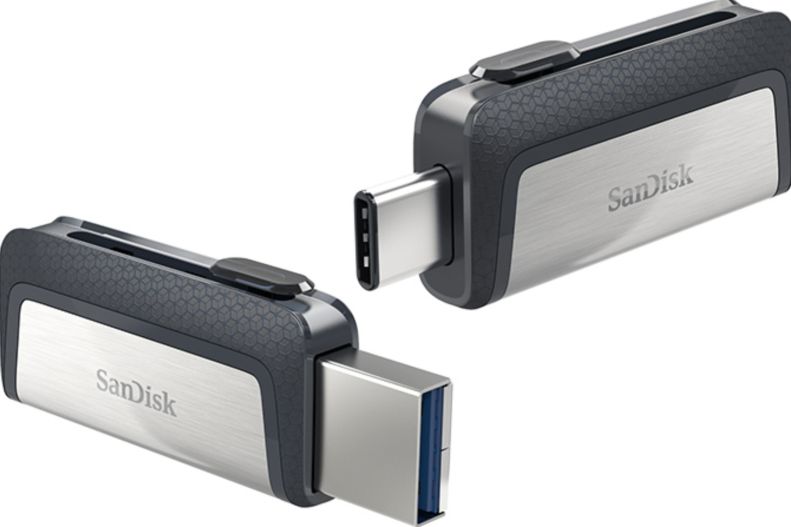

- #Usb 64gb format for mac mac osx#
- #Usb 64gb format for mac drivers#
- #Usb 64gb format for mac for android#
Use "Recover partition" to recover data from SanDisk Ultra 64GB USB 3.0 OTG Flash Drive For Android deleted/damaged/lost/changed partitions. Use "Unformat" to recover data from formatted SanDisk Ultra 64GB USB 3.0 OTG Flash Drive For Android after quick format,full format,accidentally formatted,reformatting,High-level formatting,Low-level formatting. Use "Undelete" to recover deleted files from SanDisk Ultra 64GB USB 3.0 OTG Flash Drive For Android after Virus attack,Recycle bin clear,disk cleanup,Press shift del by mistake,permanently empty recycle bin,shift delete ,accidentally deleted by a mistake.
#Usb 64gb format for mac mac osx#
Any vaguely modern version of Windows, Mac OSX and Linux can read exFAT drives simply.ĮxFAT should be your default choice for all external storage you plan to use for sharing files.Recover deleted files from SanDisk Ultra 64GB USB 3.0 OTG Flash Drive For Android after empty recycle bin,shift delete ,accidentally deleted by a mistake due to SanDisk Ultra 64GB USB 3.0 OTG Flash Drive For Android not formatted, not recognized, not working ,not showing up, power failure,logical damaged in Windows 10/Windows 7/Windows 8/ pc mac bios disk device management There's no real limit to the file (or filename) size on an exFAT drive. But digital images, especially working files with lots of layers, can soon exceed this limit.ĮxFAT is a more modern (2006+) FAT based file system designed to remove these limitations. If you're sure you can live with these limitations then you're fine to use FAT32. Pretty much everything will read a FAT32 drive - but it is very old at this point, and has annoying limitations - and the most likely one you're going to hit is a maximum file size limitation of 4GB. As long as you do that properly, every time, you should have no issues.įAT32 is really the most compatible format of all (and the default format USB keys are formatted with). These are less robust file systems - so you need to take more care when e.g. The long answer is the same - just with reasons!įAT32 and exFAT are the remaining options you're given once you rule out the more 'native' file systems as above.

The short answer is: use exFAT for all external storage devices you will be using to share files.

We do have software here to read Mac formatted disks if necessary, but it's never as easy and reliable as a properly formatted external drive.
#Usb 64gb format for mac drivers#
This is in fact more relevant a question in recent times than years previous as there's a strong momentum back to PCs from Macs of late! Image Science is a Windows house, because Windows printer drivers and colour management have proven vastly more reliable over the last 15 years than the ever changing Mac system. So the question then becomes - how best to do this? What is the best modern format to use to reliably store and transfer files between systems - whatever operating system they may be running, be it PC, Mac, or Linux? However, we also generate large files here as part of our scanning service, and thanks to the pathetic state of what passes as internet in this country, a lot of people do still use external hard drives and of course USB keys to share files with us. In recent years, most files have begun to arrive electronically and we have a fast and reliable file upload tool you can use to send us files. At Image Science, we deal with files and storage devices all day every day.


 0 kommentar(er)
0 kommentar(er)
